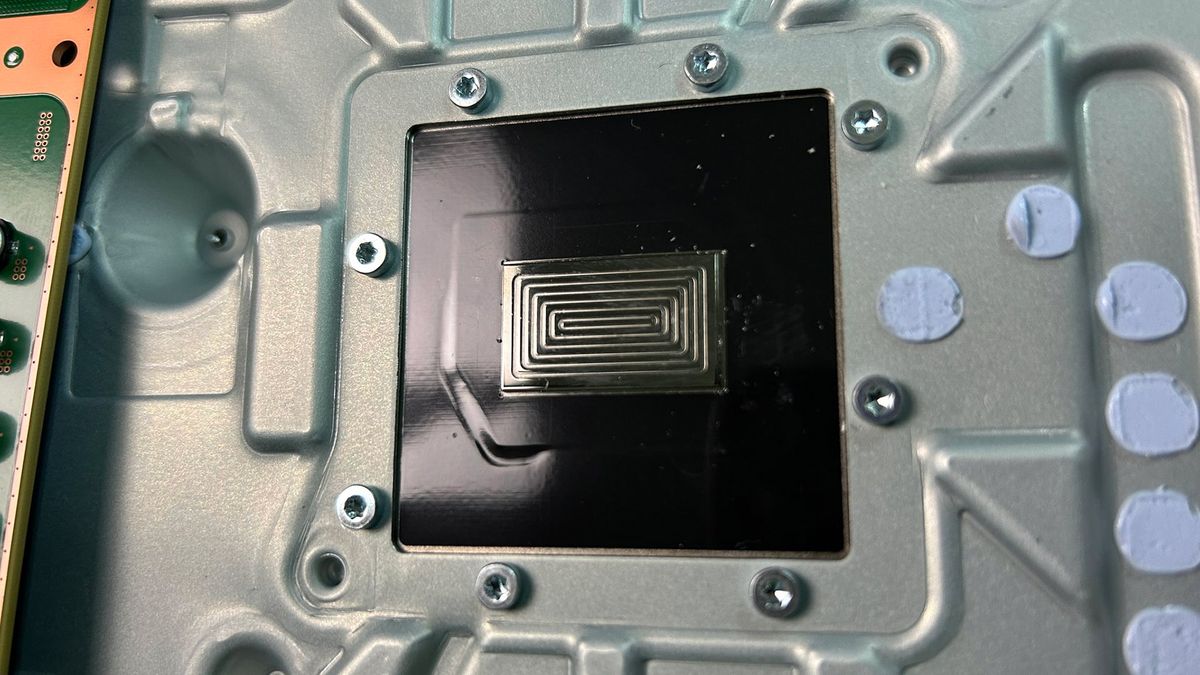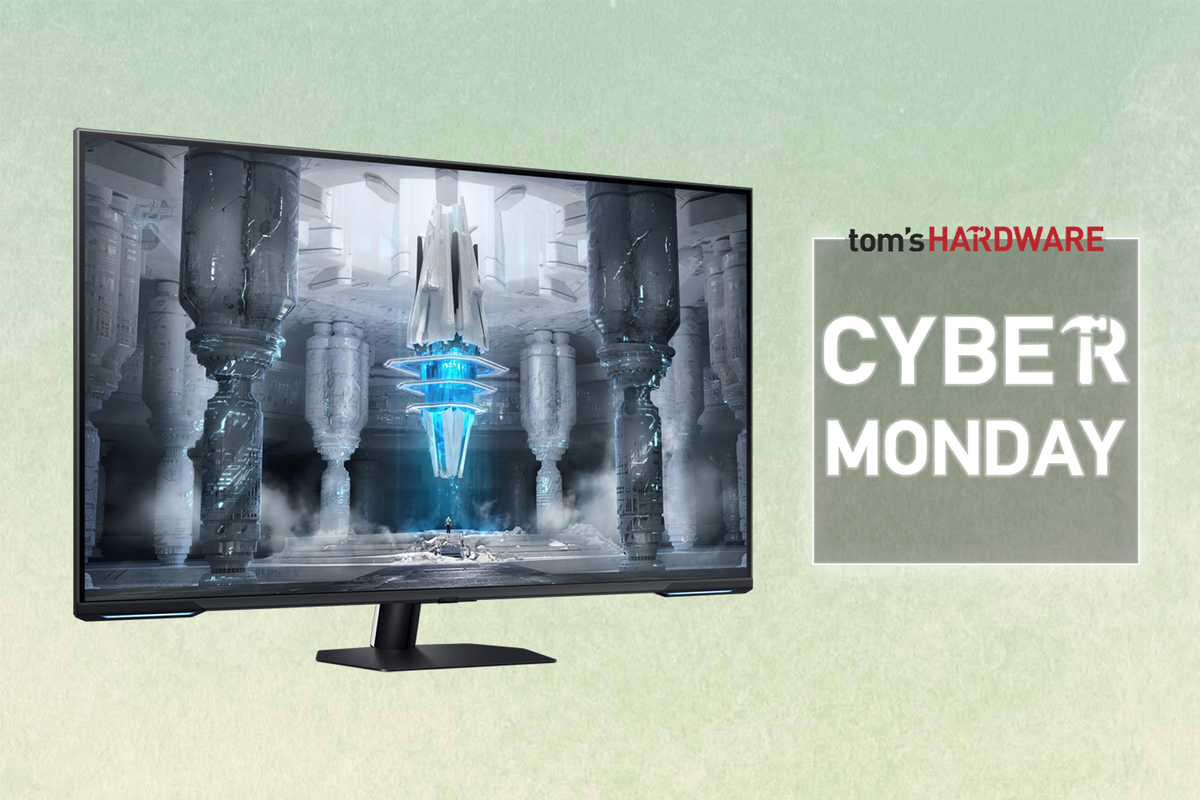We've seen 3D printers that can print some strange materials—one of our favorites being a chocolate 3D printer. That said, we have never come across one that can 3D print organs. At least, not until today, when we discovered that scientists from the University of Hong Kong in China are experimenting with technology to 3D print functional organ tissue.
SCMP shared a post detailing the ins and outs of the development, featuring Professor Michael Chan from the team. According to Chan, the researchers have developed a system that involves organ tissue that isn't just 3D printed but also lab-grown. Combining the two, along with a little help from a custom organoid, ensures a lower chance of rejection for the patient.
Chan explains that 3D printed biomaterial isn't entirely new, but it can't perform the right function without cells pertaining to the organ it's replacing. That's where the team's organoid embedding comes into play. These organoids are created using stem cells from the patient to ensure not only function but also genetic compatibility.
These organoids, sometimes referred to as "mini organs", are created with a simple oral swab that gets enough material to start a cultivation. The biggest challenge Chan shared was in finding a method for embedding the organoids into the 3D-printed airway. They can be used to test whether or not the patient is potentially allergic to medication before it's administered.
This process is made easier for the team thanks to a company set up by the University of Hong Kong known as C2iTech. The company specializes in the cultivation of organoids that scientists like the ones on this team can use for their work. This helps the team save time and resources that would otherwise be spent finding help from third parties to cultivate the organoids.
At the moment, they are heavily focused on the reconstruction of airways but intend to expand to other areas of the body in the future after refining the process. If you're interested in 3D printing or want to snag yourself a new machine, check out our list of the best 3D printers. You won't be able to print a working kidney, but it's an excellent foray into the technology that makes professor Chan and his team's accomplishments possible.
Follow Tom's Hardware on Google News to get our up-to-date news, analysis, and reviews in your feeds. Make sure to click the Follow button.

 5 months ago
62
5 months ago
62





 English (US) ·
English (US) ·